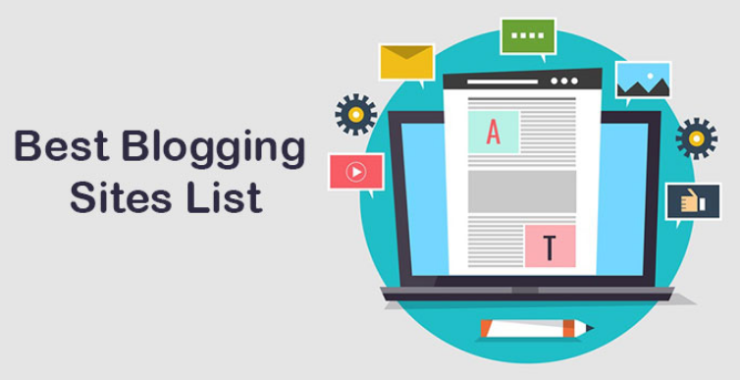Knowing your hotel Assets, Liabilities, and Equity: Why it’s important
Each hotel’s balance sheet tells a story. The story of how the hotel’s assets, liabilities and shareholder’s equity have interacted with each other over a period of time. The major question to ask is, what is driving changes in these? How did the hotel perform over this period? Was it profitable or not so much? And, importantly for new investors, how does this compare to other similar hotels in terms of value?
So let’s take a look at the various components and examine their relative importance for understanding what has happened at a particular property.
With the exception of the cost and accumulated depreciation, all the line items on this balance sheet represent some aspect of the hotel’s value. Of these, the cash balances and accrued income are relatively straightforward to understand. The most important question to ask is how much cash and how much money is owed by customers (received but not yet billed) does a hotel have at any particular point in time? For a profitable hotel, these two numbers should be close to being equal.
This is where it gets a bit more complicated because if a hotel has negative occupancy rates and there is no alternative source of income, it will inevitably go out of business. On the other hand, if a hotel has a high occupancy but it is not generating sufficient income to cover its costs, it will also eventually go out of business. Therefore, cost per room per day needs to be compared against the rate of occupancy to evaluate and understand how well a hotel is performing. This comparison is called the percentage of room revenue relative to total operating expenses or simply the “room yield”. The higher this number, the better, because it means that there is more money being made per available room.
It’s important to note however that all these comparisons are relative comparisons. Relative to other hotels in the same market segment and relative to prior periods for an individual hotel property. The point to take from this is that it is not the absolute percentage of room revenue because, if it were, all hotels would be profitable.
Lastly, there are two types of owner’s equity that are reported on the balance sheet; cash and non-cash. Cash owner’s equity is the amount at risk and represents the hotel’s net working capital ( i.e., money it had invested in assets). Non-cash owner’s equity represents a hotel’s commitment to a long term business model and consists of long term investments made by investors.
If you’re wondering what are the top considerations for hotel balance sheets during COVID-19, read the following blog: https://bit.ly/3MtODMZ






